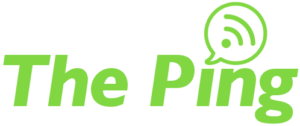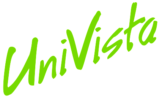
![]()
As we have mentioned in past blogs, the term “Internet of Things”, also referred to as IoT, is a collective network of internet-based technology, along with associated connected devices that facilitates communication between those devices and the cloud.
The concept of IoT takes into account all interrelated computing devices. These devices include mechanical and digital machines, along with objects that possess the ability to transfer data over a network without human interaction. In a nutshell, IoT allows hardware/devices to gather information and send it over the internet to a cloud, app, or software.
In the simplest sense, your smartphone or Apple Watch can be considered an IoT device. These devices allow not only mobility and data transfer but can also upload to their proprietary cloud environments automatically. A prime example: is cloud storage of the photos and videos on your phone. Your Fitbit is also an IoT device, it manages large amounts of data autonomously and alerts the wearer as required or deemed necessary. These days many of the “smart products” like coffee machines and refrigerators, along with “smart homes” filled with other “smart appliances” would be considered IoT. Essentially, the device must connect to the internet, manage, and process data, often very large amounts of data, manage notifications, and do this autonomously.
While the advantages, along with the potential of future advancements in IoT are tremendous, much like all things it seems, there are potential drawbacks. The biggest drawbacks are potential issues with security and privacy. All IoT devices must be protected from not only physical tampering but also from internet-based software attacks as well as network-based and hardware-based attacks. Another issue is data privacy. IoT is being used more and more in sensitive applications like in the healthcare and financial industries, so proper safety measures like encryption or multi-factor authentication need to be put in place. Additionally, as all things power-based, IoT requires both the internet and electricity to function. If either goes down, so could your IoT devices. Depending on how many things you have interconnected and relying on each other in your technology ecosystem, lack of power can be a big issue.
If you’re considering branching out further into IoT, ensure that your organization has plans in place to protect against failures, as an outage WILL happen at some point. If you want to review your current Business Continuity Plan taking IoT into account, please contact your UniVista Account Rep.
Another issue that can be seen as a drawback can be device or system compatibility. Different products produced by different manufacturers may not work within your existing technologies. Each product or system may require different configurations and/or connections, so deployment may not be as efficient as everyone would like at this point. This compatibility issue is a factor since currently there is no consensus on IoT protocols and standards.
IoT certainly has numerous benefits, has a large convenience factor, and allows both individuals and organizations to function more efficiently. However, implementing IoT across a large platform or numerous locations can be an intricate task. Let us help you plan and strategize! If you have any questions about the Internet of Things (IoT) and how your organization can best take advantage of it, contact your UniVista Account Rep.
